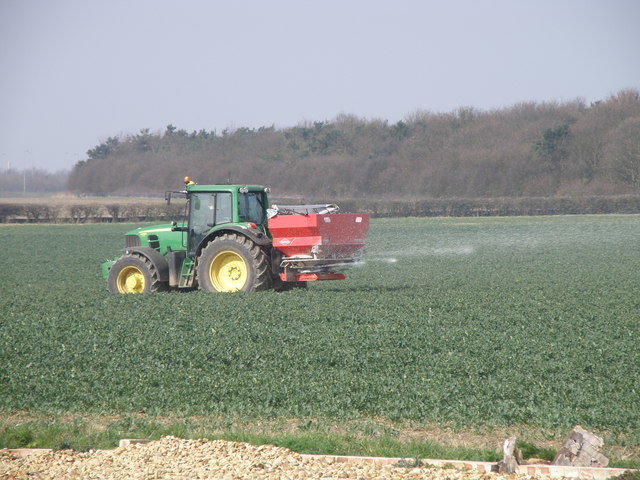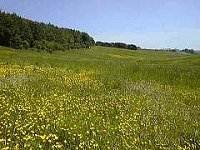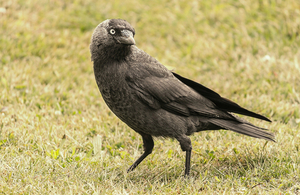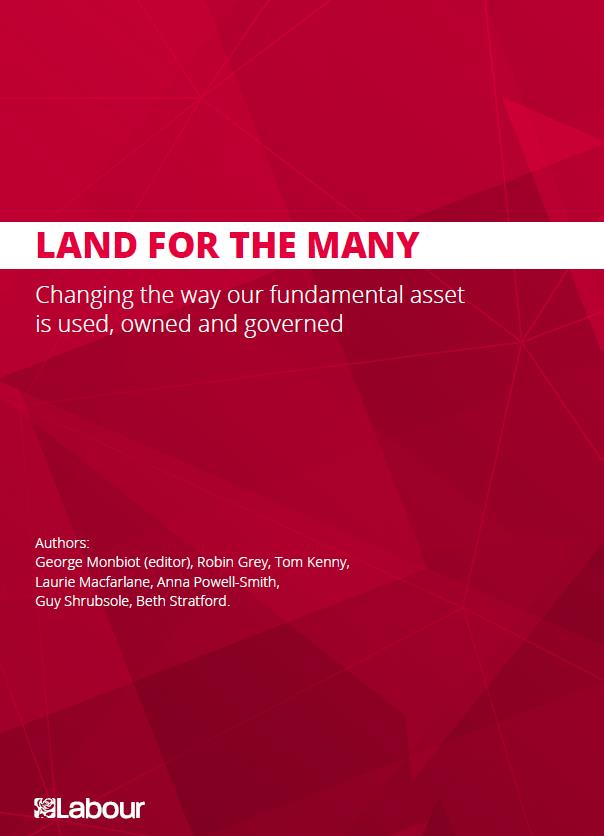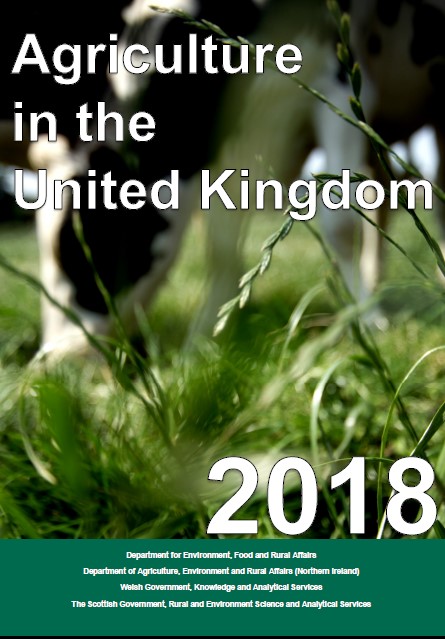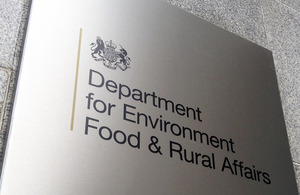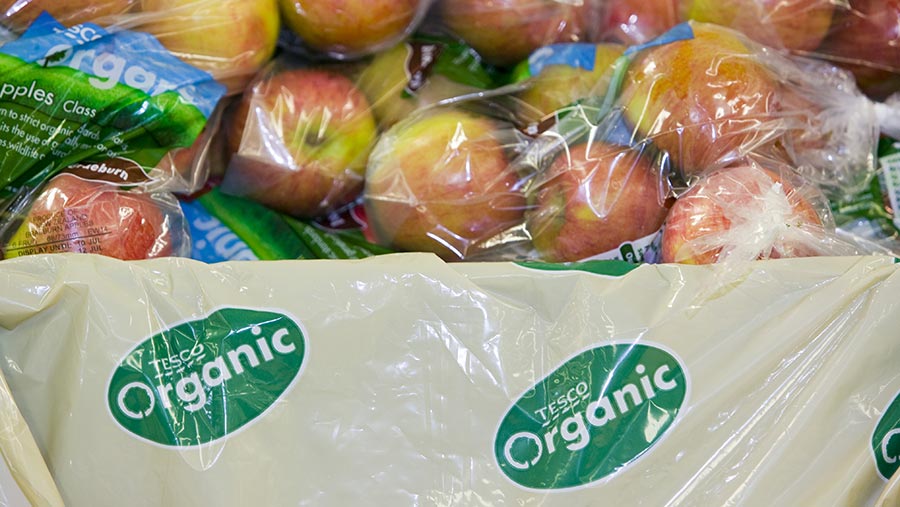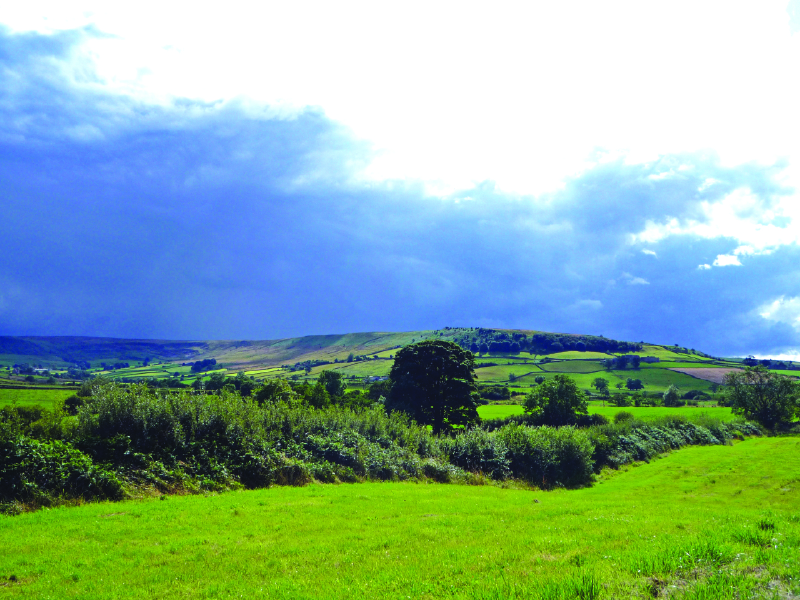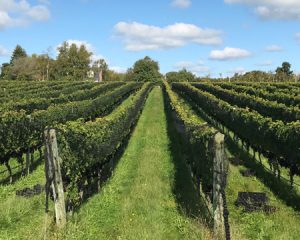In one of her final acts as Prime Minister, Theresa May has set down an ambitious new climate change target for the UK. The goal is for the country to produce zero net carbon emissions by 2050. The new, legally binding target, will be enacted through a Statutory Instrument amending the Climate Change Act – meaning the change does not require a vote in Parliament. Currently, under the Climate Change Act, the UK is targeting an 80% reduction in emissions by 2050 against a 1990 baseline. The announcement means the UK is the first country in the G7 group of industrialised nations to legislate for net zero emissions – although some countries have gone for dates earlier than 2050 – for example Norway (2030) and Finland (2035).
Reaching the target does not require the UK to cease all Greenhouse Gas (GHG) emissions – some sectors will be very hard to ‘decarbonise’ completely. Net zero requires any residual emissions to be offset by taking carbon out of the atmosphere – for example by tree planting. This leads on to farming’s role in meeting the zero target. Currently, according to Defra, agricultural GHG emissions are 10% of total UK emissions (and a rough calculation is that 60% of these come from livestock in some form). The NFU has set out a target that agriculture should have net zero emissions by 2040. Whilst technology and efficiency will go some way, it seems unlikely that these targets can be met without a change (perhaps a substantial one) in peoples’ diets. This is usually summarised as less meat and dairy products and more plant-based food (such a change on a global scale is set out in this report – https://eatforum.org/eat-lancet-commission/eat-lancet-commission-summary-report/). Such a shift would have big implications for UK farming over the long-term.

